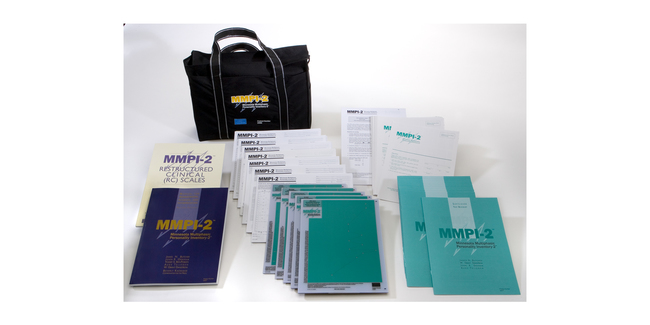Since its publication in 1989, the Minnesota Multiphasic Personality Inventory-2 (MMPI-2) has assisted clinicians in the diagnosis of mental disorders and the selection of appropriate treatment methods. Guidance on using this test in your telepractice. The MMPI-3 is now available! Learn more here
Minnesota Multiphasic Personality Inventory-2
MMPI-2
Since its publication in 1989, the Minnesota Multiphasic Personality Inventory-2 (MMPI-2) has assisted clinicians in the diagnosis of mental disorders and the selection of appropriate treatment methods. Guidance on using this test in your telepractice. The MMPI-3 is now available! Learn more hereChoose from our formats
Kits
Starter & complete kits, print & digital
2 options
Test forms & reports
Booklets, record forms, answer sheets, report usages & subscriptions
10 options
Support materials
Manuals, stimulus books, replacement items & other materials
7 options
All products
All tests and materials offered for MMPI-2
19 options